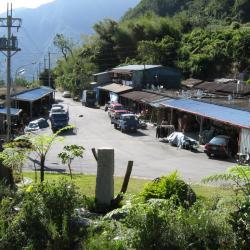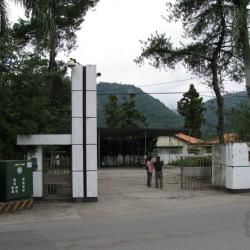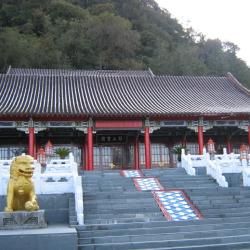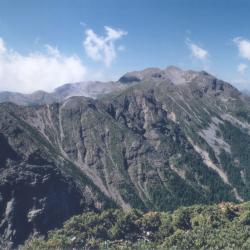Shengguang Police Station is located 49.5 kilometers away from Central Cross-island Highway Yilan branch line. During the Japanese occupation, in order to facilitate transportation and manage the indigines, the Pyanan Historis Trail was built in the 7th year of Taisho (1918). The route starts from today’s Datong Township, Yilan County and extended to Wushe in Nantou County, with a total length of 120 kilometers. The trail was completed in the 10th year of Taisho (1921).
The biggest feature of this road is that it almost presents a "north-south" road system. Most of the Lifan roads are east-west, which makes this trail one of the six north-south roads. The Pyanan Historic Trail passes through the Atayal territory, forming a longitude and latitude with the east-west Lifan road, interweaving into a traffic network, and playing a very important role in the history of mountain transportation during the Japanese occupation. After the war, this historic trail was replaced by the Yilan branch of the Central Cross-island Highway and the Lixing Industrial Road.



